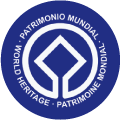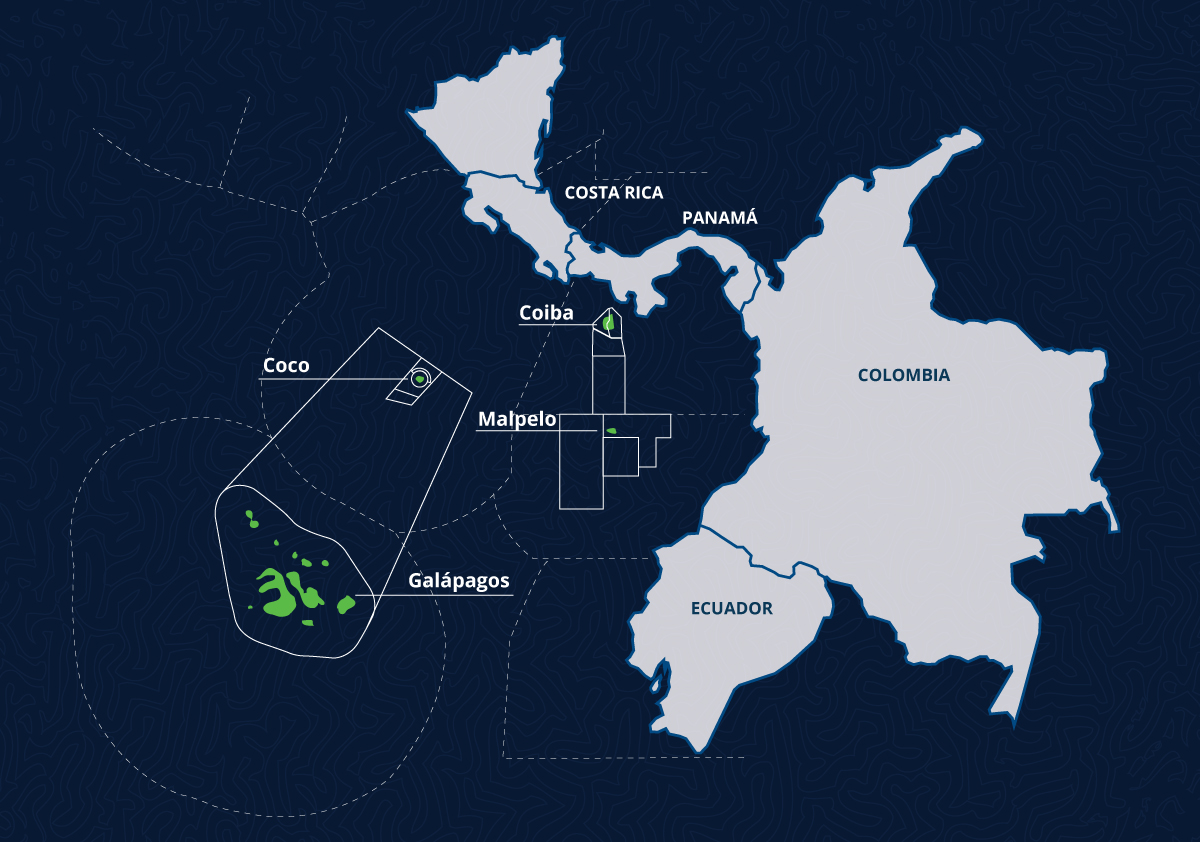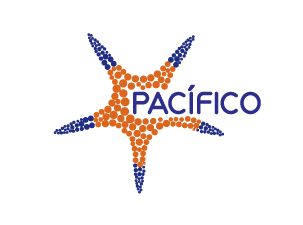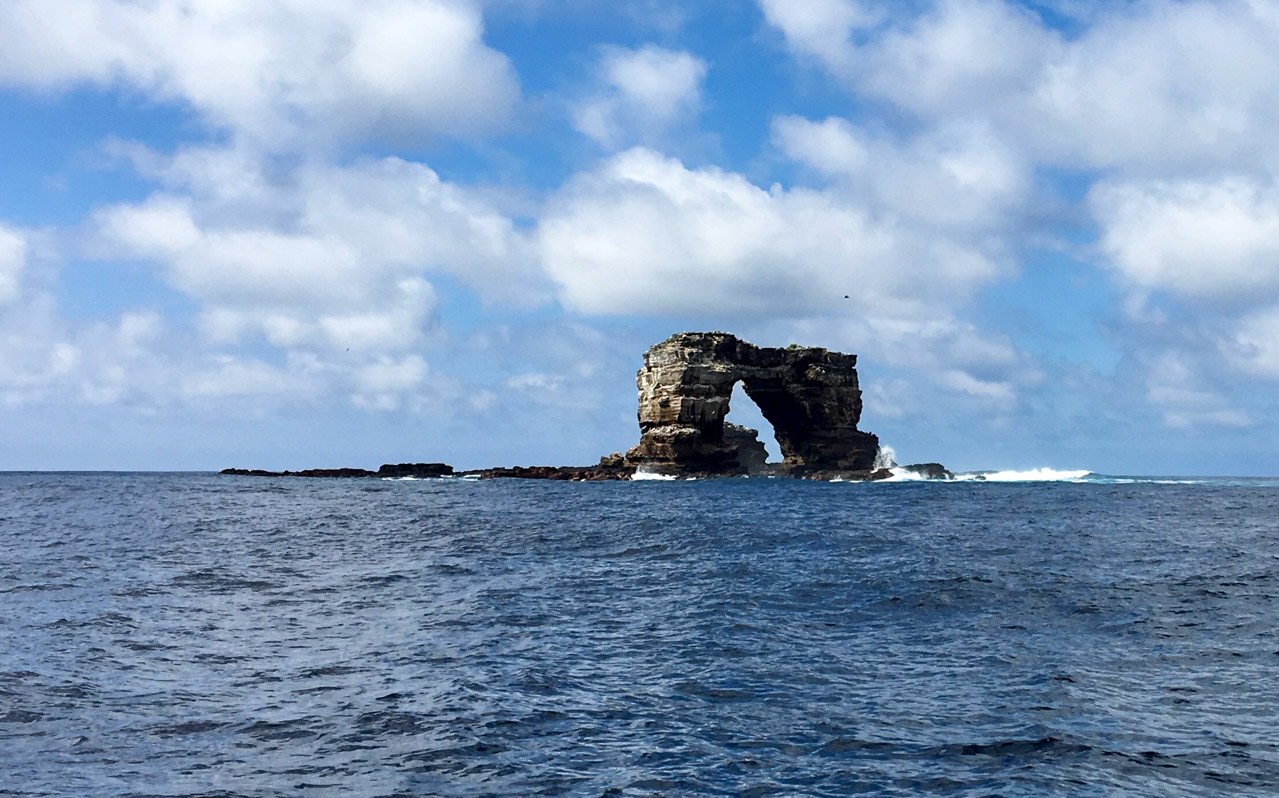The Eastern Tropical Pacific (ETP) covers 20 million km2 of national waters, exclusive economic zones, and islands from 13 countries. It also includes international high seas. The region contains a variety of tropical, subtropical, and temperate ecosystems with complex marine current systems and other year-round and seasonal large-scale oceanographic processes.
In the equatorial zone, known as the Central ETP, there is a biogeographical province with one of the highest levels of endemism in the world. It has a high degree of ecological interconnectivity and complex oceanographic characteristics, principally resulting from the convergence of multiple ocean currents which disperses marine larvae (corals, crustaceans, echinoderms, mollusks, fish). It also influences migrations, movements, and distribution of many important regional and global species such as tuna, sharks, sea turtles, whales, and marine birds.
 The region’s global importance is evident by its four UNESCO marine World Heritage Sites:
The region’s global importance is evident by its four UNESCO marine World Heritage Sites:
- Galapagos Archipelago in Ecuador
- Cocos Island in Costa Rica
- Coiba Island in Panama
- Malpelo Island in Colombia
Part of PACIFICO’s work is the conservation and sustainable use of marine resources in the region. We support the development of existing marine protected areas; however, that is not enough. Given that marine species, especially highly migratory sea turtles, sharks, and whales which know no boundaries, come and go through these protected areas according to their migratory cycles, they face grave risks from multiple threats that arise from unsustainable activities and illegal fishing. For this reason, one of our priorities with CMAR and MigraMar are to implement initiatives that promote appropriate natural resource management in swimways frequently used by migratory marine species. One of our main projects with CMAR and MigraMar, therefore, is the Galapagos Islands-Cocos Island and Coiba Island – Malpelo Island Swimways.

Our efforts have focused on the scientific justification, legal feasibility, socio-economic rationale and stakeholders for the Galapagos-Cocos Swimway. Similarly, we work with local stakeholders and the governments of Costa Rica and Ecuador to promote the initiative and benefit generation for local communities and users.
We hope that after three years, the Swimway will become a reality and serve as a model for similar initiatives in the ETP and other areas throughout the world.

